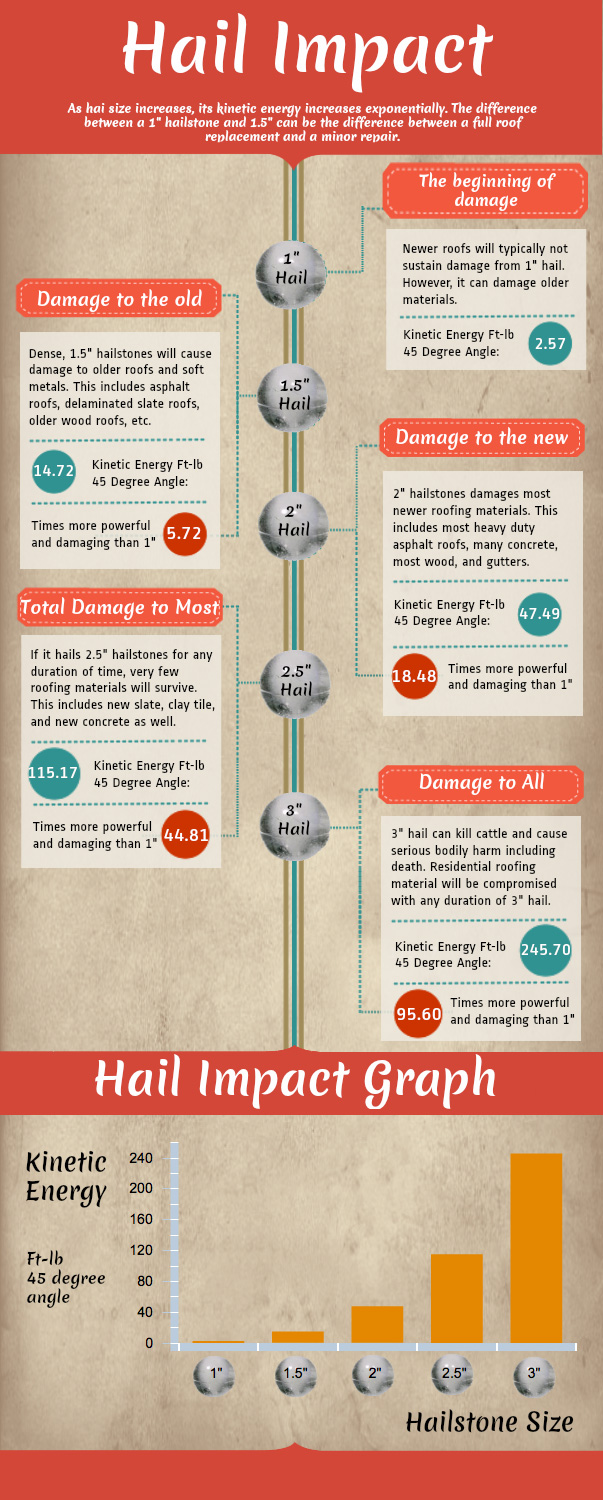Curious Concerning The Result Of Weather Condition On Your Solar Panels' Efficiency? Discover The Secret To Enhancing Your Solar Panel'S Power Output, Also In Unforeseeable Climate Condition
Curious Concerning The Result Of Weather Condition On Your Solar Panels' Efficiency? Discover The Secret To Enhancing Your Solar Panel'S Power Output, Also In Unforeseeable Climate Condition
Blog Article
Produced By-Omar Omar
When it concerns solar panel effectiveness, recognizing how climate condition enter into play is key. Photo this: your photovoltaic panels basking in the sun's glow, soaking up energy to power your home. But what takes place when clouds roll in or temperature levels change? Exactly how does that impact your energy production? By diving into the intricate dance between weather condition and photovoltaic panels, you'll discover vital insights that can assist you take advantage of your renewable resource configuration. Explore the nuances of sunlight intensity, temperature level effects, and the duty of cloud cover and rainfall in maximizing your photovoltaic panel performance.
Impact of Sunshine Strength
Sometimes, the strength of sunshine can dramatically influence the efficiency of photovoltaic panels. When the sunshine is solid and direct, your solar panels produce more power. However, during gloomy days or when the sunlight goes to a reduced angle, the panels receive less sunshine, lowering their performance. To optimize the energy output of your photovoltaic panels, it's critical to install them in areas with enough sunlight direct exposure throughout the day. Consider aspects like shielding from nearby trees or buildings that could block sunshine and lower the panels' efficiency.
To enhance the performance of your photovoltaic panels, frequently clean them to get rid of any kind of dirt, dirt, or debris that might be blocking sunlight absorption. Furthermore, make certain that your panels are angled correctly to receive one of the most straight sunlight possible.
Influence of Temperature Level Changes
When temperature level modifications occur, they can have a significant influence on the performance of solar panels. https://www.marketwatch.com/picks/guides/home-improvement/tesla-solar-reviews/ operate best in cooler temperature levels, making them extra reliable on moderate days compared to very warm ones. As the temperature level increases, photovoltaic panels can experience a decrease in efficiency due to a sensation referred to as the temperature coefficient. This effect creates a decrease in voltage result, inevitably affecting the total power manufacturing of the panels.
Alternatively, when temperature levels drop as well low, photovoltaic panels can likewise be affected. angi solar can cause a decline in conductivity within the panels, making them less efficient in creating electrical energy. This is why it's crucial to consider the temperature level problems when mounting photovoltaic panels to maximize their efficiency.
Duty of Cloud Cover and Rain
Cloud cover and rainfall can dramatically impact the performance of photovoltaic panels. When clouds obstruct the sun, the amount of sunlight reaching your photovoltaic panels is minimized, bring about a decline in energy manufacturing. https://claytonvbipu.win-blog.com/10365320/the-environment-friendly-effects-of-solar-panel-installations-shaping-a-sustainable-future can additionally impact solar panel effectiveness by obstructing sunlight and creating a layer of dirt or crud on the panels, additionally minimizing their capability to generate power. Also light rain can scatter sunlight, triggering it to be much less focused on the panels.
During cloudy days with hefty cloud cover, solar panels might experience a significant drop in energy result. However, it's worth keeping in mind that some modern-day photovoltaic panel modern technologies can still generate electrical power even when the sky is over cast. Furthermore, rainfall can have a cleaning result on photovoltaic panels, getting rid of dirt and dirt that may have built up in time.
To maximize the performance of your photovoltaic panels, it's vital to consider the influence of cloud cover and rains on energy manufacturing and guarantee that your panels are appropriately maintained to hold up against differing weather conditions.
Final thought
Finally, climate plays a substantial role in the performance of your solar panels. Taking full advantage of sunshine exposure, handling temperature level adjustments, and keeping track of cloud cover and rains are key aspects to take into consideration for optimum energy generation. Normal maintenance, such as cleaning panels, is essential for preserving peak performance. By understanding just how weather affects your photovoltaic panel performance, you can make educated choices to make best use of energy output and cost savings.
